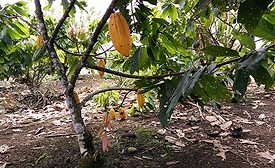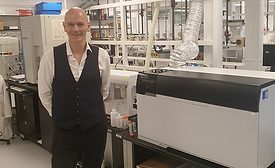Food Safety
CANNABIS PRODUCTS | NOVEMBER 2020
Working closely with equipment manufacturers can help companies new to cannabis R&D continuously improve their process.
Read More
Coronavirus coverage
Use, care and maintenance of cleaning tools during the pandemic and beyond
November 10, 2020
Chemical contaminants
Solving the cadmium in chocolate conundrum
Unfortunately for chocolate lovers, the richer the chocolate, often the heavier dose of cadmium—and a difficult challenge for farmers to decrease naturally occurring Cd levels
November 9, 2020
Food Safety
How to avoid food safety and quality issues from employee error
Protect product integrity through training, security measures and prevention programs
October 23, 2020
Packaging
PACK EXPO preview: Easing product safety concerns in an uncertain climate
How brands can leverage packaging to uphold consumer expectations amid the COVID-19 crisis
October 22, 2020
Regulatory Watch
USDA releases plan to decrease Salmonella in meat, poultry, eggs
The plan outlines efforts to reduce pathogen contamination and Salmonella infections associated with FSIS-regulated products
October 13, 2020
Food Safety
Solving the labeling crisis: The case for a cloud-based approach
October 12, 2020
Manufacturing News
FDA proposes new FSMA rule for food traceability
In a major move, FDA is adding new rules to make it easier to electronically track contaminated food anywhere in the supply chain
October 9, 2020
Foodborne illness outbreaks
When humanitarian food aid makes people sick
Queen’s University Belfast scientists, with a little help from FDA, found the actual source of tainted UN food sent to Uganda in 2019
October 9, 2020
Food Safety
Meijer recalls cantaloupe for possible salmonella contamination
Midwest-centered recall resulted from sampling investigation by Michigan agriculture authorities
October 7, 2020
Elevate your expertise in food engineering with unparalleled insights and connections.
Get the latest industry updates tailored your way.
JOIN TODAY!Copyright ©2024. All Rights Reserved BNP Media.
Design, CMS, Hosting & Web Development :: ePublishing

















